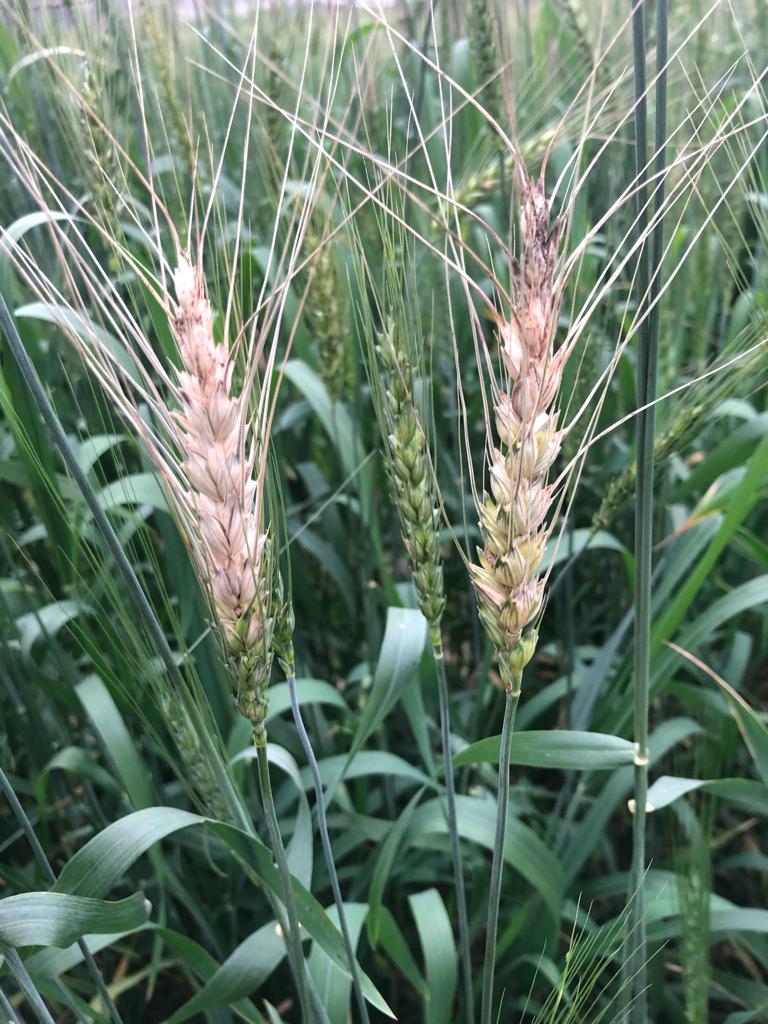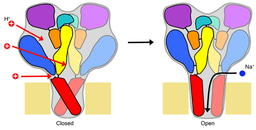Wheat blast: a potential catastrophic threat to global food security
Published in Agricultural & Food Science
We used modern genomics technologies and open science and open data sharing approaches to determine the genetic identity and origins of the wheat blast in Bangladesh and Zambia. Through international collaborations, we (i) developed a rapid diagnostic method for point-of-care detection of wheat blast; (ii) engineered TiO2 nanoparticles to control wheat blast; (iii) developed advanced breeding lines through introgression of Rmg8 and RmgGR119 genes in the background of 2NS chromosomal segment (BARI Gom-33); (iv) developed probiotic formulations for biocontrol of wheat blast; and (v) Developed blast-resistant advanced mutant lines using nuclear technologies. We urge global scientific communities to join us in our fight against the killer fungus, Magnaporthe oryzae pathotype Triticum before it becomes catastrophic.




Please sign in or register for FREE
If you are a registered user on Research Communities by Springer Nature, please sign in